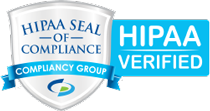CASE STUDY
Technologies – Selenium Automation, Hybrid Test Framework, Java
OVERVIEW
The project focused on enhancing the automation framework’s robustness and efficiency by designing, developing, and maintaining scripts for billing components across multiple regions. It involved the automation of around 400 end-to-end billing test cases, ensuring seamless integration of services and UI automation. The scope included analyzing workflows, designing use cases, and supporting daily Sanity and Priority test case execution while facilitating monthly releases. This comprehensive approach aimed to streamline the billing process and improve overall software quality.
CHALLENGES
The project faced several challenges in testing and releasing the Billing component, which is vital to the flagship product, including:
- Lack of Robustness: The existing automation framework was not sturdy enough to handle the demands of testing.
- Complex System Integration: The billing end-to-end (E2E) flows interfaced with multiple systems, complicating the validation of system-specific processes.
- Regional Discrepancies: Flows varied by region and were deployed on unstable test environments, further complicating testing efforts.
Solution Implemented:
- Framework Refactoring: The automation framework was restructured to incorporate page objects and shared libraries for enhanced reusability.
- Flow Analysis: The testing flows were thoroughly analyzed and test cases were created or redesigned to ensure complete coverage.
- Modularization: The framework was reconfigured to support multiple systems with minimal development effort, and system-specific flows were modularized for easier extension.
Technologies Used:
- Automation Tools: Selected to support diverse testing requirements including Selenium, Cypress and homegrown tools
- CI/CD Integration: Streamlined deployment and testing cycles using Jenkins
Business Impact:
- Cost Reduction: Decreased manual testing efforts, leading to significant savings.
- Increased Efficiency: Accelerated test cycles improved time-to-market.
- Quality Assurance: Enhanced test coverage and reporting led to higher software quality.
Results Achieved:
- Robust Automation Framework: A stable and comprehensive automation framework was successfully implemented, facilitating seamless integration between services and UI automation.
- Regression Cycle Improvement: The automation regression suite enabled the QA team to meet a 5-day monthly regression service level agreement (SLA).
- Execution Time Reduction: The time required for the regression cycle execution was significantly decreased from 80 hours to 14 hours, achieving an 80% reduction.
- Outcome-Based Ownership: The project was delivered under an outcome-based ownership model, with Prakat overseeing the project from start to finish to ensure accountability and quality delivery.
Conclusion:
Prakat successfully implemented a robust and efficient automation framework that transformed the testing and release process for the billing component. This initiative significantly enhanced test coverage, reduced execution time, and improved the overall quality of software delivery. By adopting an outcome-based ownership model, Prakat ensured accountability and consistently met project goals, ultimately leading to higher efficiency and effectiveness in the client’s quality assurance processes.







